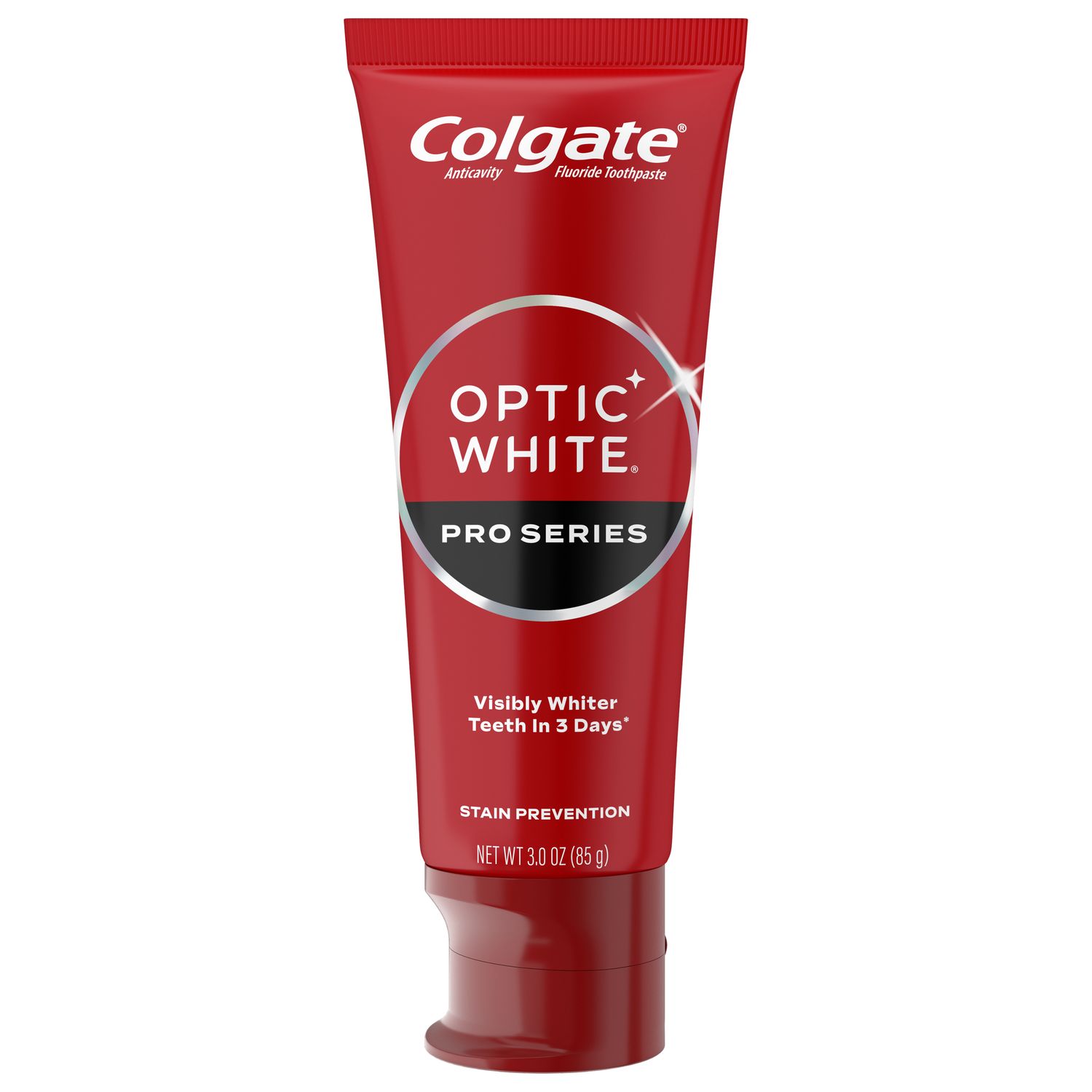
Tooth whitening is one of the primary reasons that patients go to the dental office. There are many systems on the market with differing claims, as well as myths around the effectiveness and safety of whitening systems. These systems include in-office whitening treatments (with or without use of a light device), professional take home products that include trays with gel, varnishes, and potentially use of a light device, and over-the-counter products that include trays and gels, strips and varnishes.
How do you separate fact from fiction? Areas to consider include efficacy, safety and side effects. Read on to learn about the facts, as well as fiction.
Whitening works
Whitening treatments are effective when appropriately performed. The majority of whitening options use either carbamide peroxide or hydrogen peroxide, with carbamide peroxide breaking down to produce hydrogen peroxide which is the bleaching agent. The concentration of hydrogen peroxide/carbamide peroxide varies depending on the product or regime used. Tooth whitening involves a chemical reaction whereby the hydrogen peroxide diffuses into the tooth through the interprismatic spaces in the enamel. The hydrogen peroxide then generates reactive oxygen molecules which interact with the chromophores (stain molecules) present, resulting in whitening.
Fiction: Tooth whitening removes the stain molecules
Fact: The chemical process does not remove the stain molecules, it breaks their double bonds, rendering them lighter in color and therefore achieving a whitening effect.
Fiction: In-office whitening is more effective than home use products
Fact: In-office whitening is faster than whitening at home. However, both in-office and home use products are effective. The degree of whitening and shade that can be obtained is the same regardless of whether an in-office or home use product is used, and depends on the individual patient.
Fiction: The use of lights always produces a better result
Fact: As noted above, provide appropriately used for a given system, the degree of whitening possible depends on the patient. However, different wavelengths of light can be used to activate and enhance the chemical reaction that results in the whitening effect of the peroxide. Specific lights can be used for specific in-office and take home systems.
Fiction: Sensitivity is inevitable during tooth whitening
Fact: Factors influencing sensitivity during whitening include the concentration of hydrogen peroxide, other ingredients, usage (time used and frequency), and the patient's dentition. Sensitivity can be minimized/avoided depending on the product selected.
Fiction: Gingival irritation may occur but won't occur as long as trays don't impinge on the gingivae
Fact: Trays impinging on the gingivae can cause gingival irritation. However, gingival irritation can also be the result of sloppy application of the peroxide gel, too much gel in the trays, or trays that are underextended causing leakage of the gel onto the gingivae.
Colgate Optic White Professional
Colgate Optic White Professional is an innovative take home whitening option. It consists of a pen applicator containing 6% hydrogen peroxide and a short wavelength (410 nm) LED device that speeds up the whitening process. Application of the hydrogen peroxide from the pen applicator is precise, mess-free and easy. After application (in the evening), the serum dries rapidly leaving a thin concentrated film of hydrogen peroxide on the teeth that is not soluble in water or saliva. The short-wavelength LED device is then worn for 10 minutes, speeding up the whitening process. The patient then removes the LED device and the whitening process continues during the night. In the morning, the thin film is removed during brushing. Dramatic results can be seen after repeating this process for a further 4 nights. With a no-mess application and no trays/gels, this system is designed for rapid at home use and no sensitivity or gingival irritation.
Patient Acceptance
Tooth whitening is a popular treatment, frequently requested by patients. However, not all systems are the same and side effects that patients may experience include sensitivity and gingival irritation. Patients may be generally aware of these side effects, or have heard from friends and family about sensitivity during whitening, and be hesitant to proceed. Providing patients with an easy-to-use product that provides for rapid results and avoids/minimizes sensitivity and gingival irritation increased patient comfort during treatment and may increase individual patient acceptance.
Join us
Get resources, products and helpful information to give your patients a healthier future.
Join us
Get resources, products and helpful information to give your patients a healthier future.













